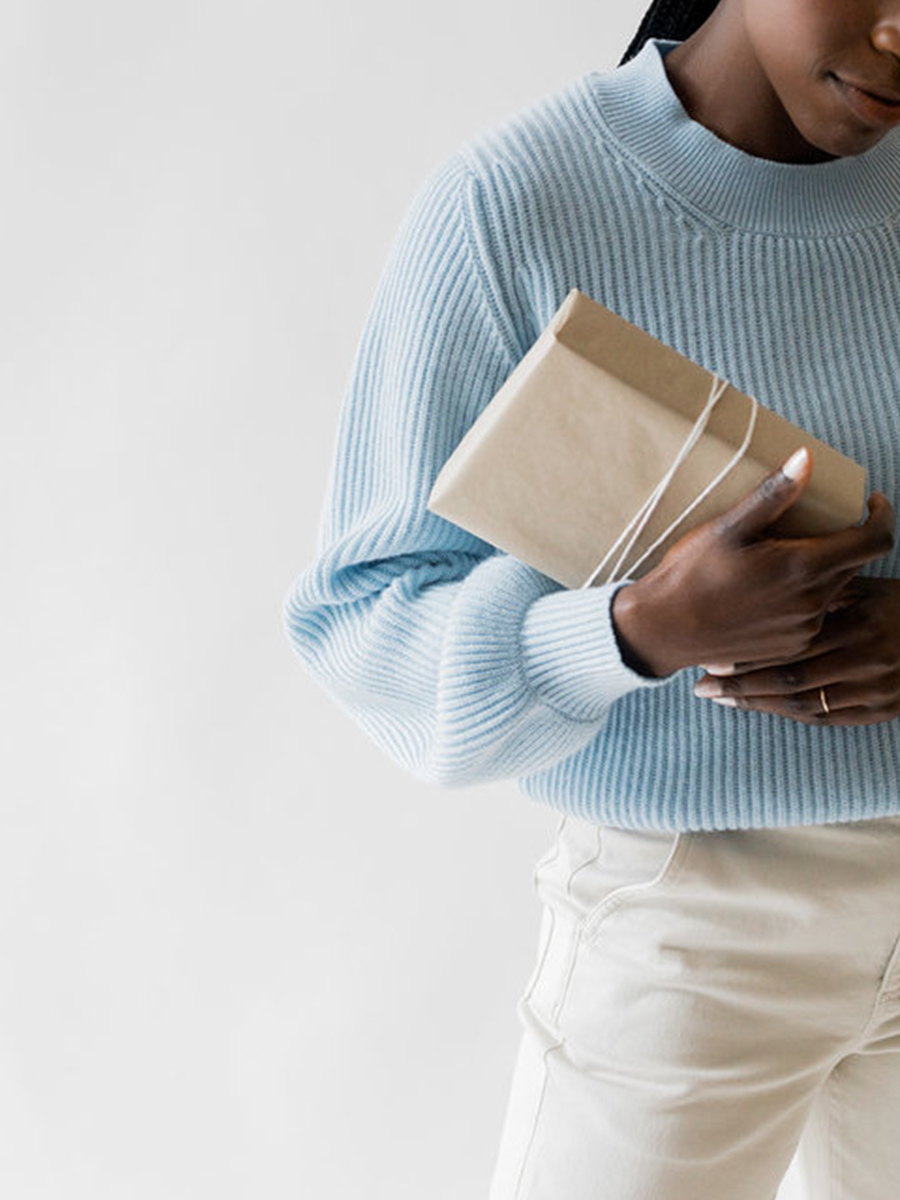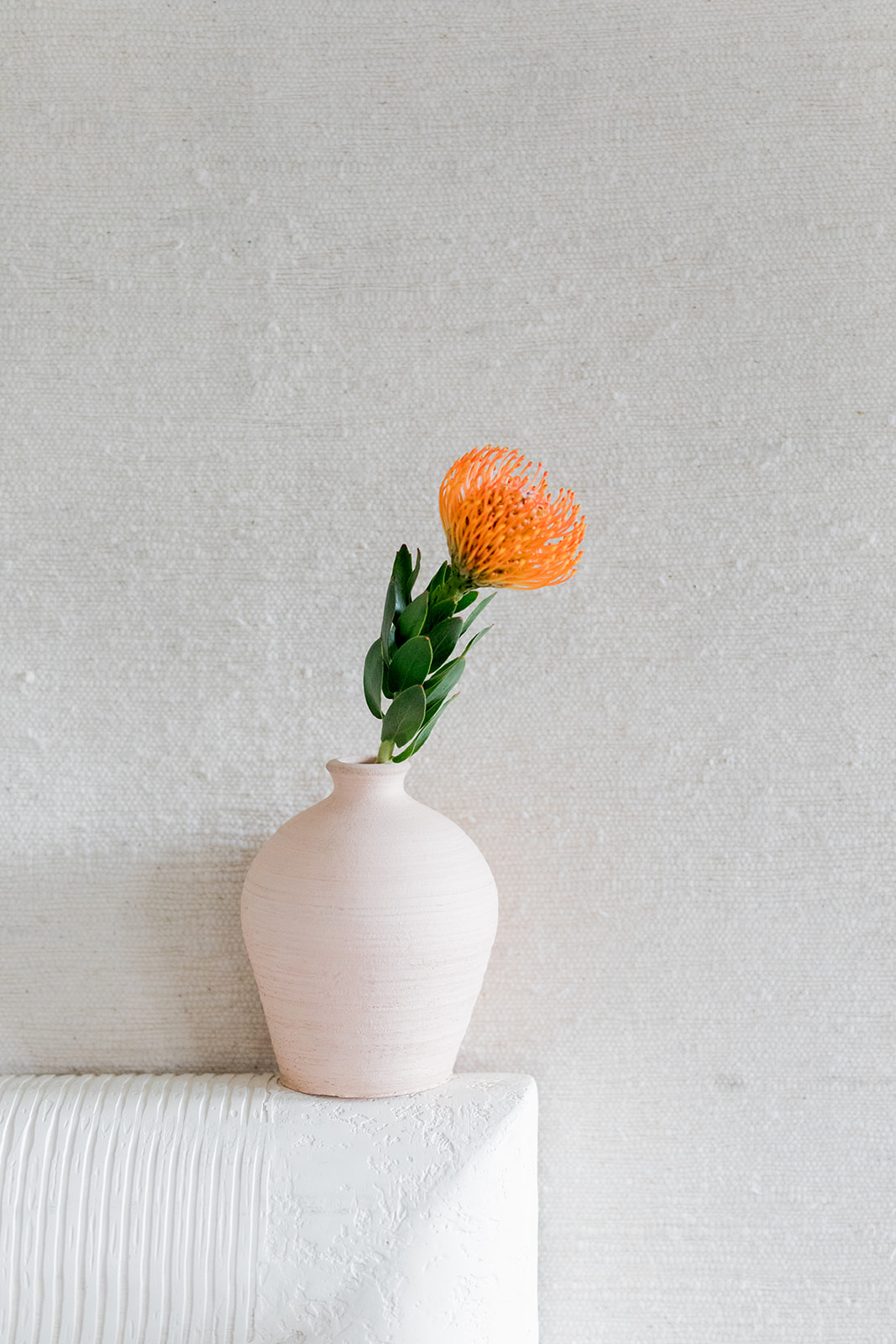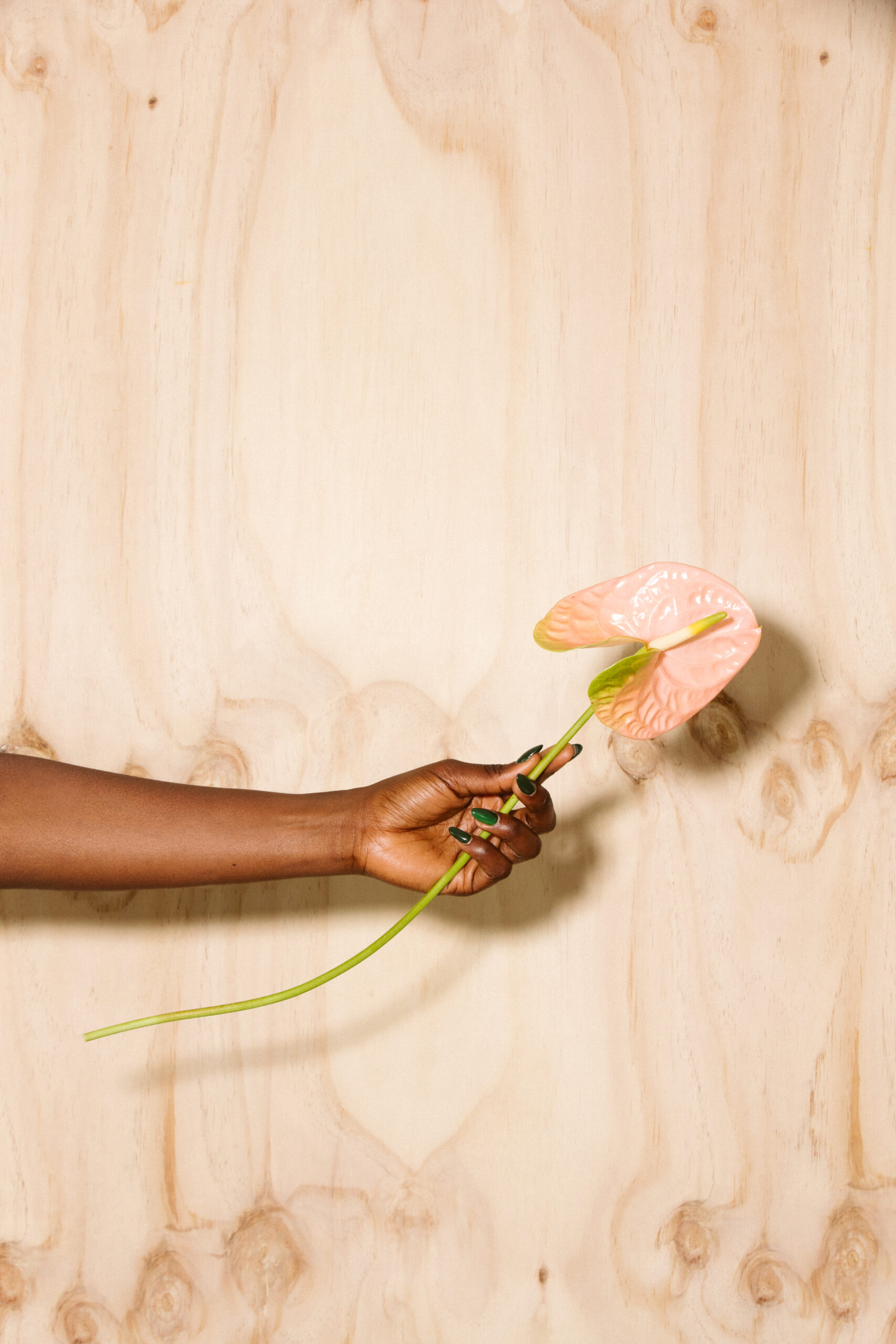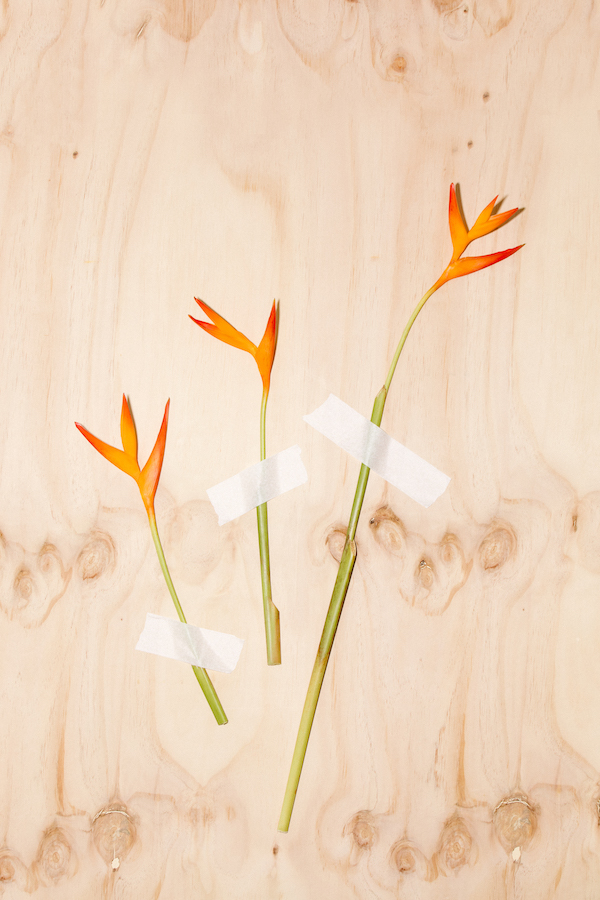
How to Capture Your Creative Goals in a Mood Board
I’ve always been inspired by the beautiful things around me. So, when I have a new creative goal, I start by thinking about the aesthetics and the visuals of how it will come together.
Mood boards—“a physical or digital collage of ideas,” according to Canva—help to capture my vision and drive motivation for each project. Like when I created a few Pinterest boards for my work-in-progress novel. Mood boards are a way to take all my ideas and put them into one place, arranging everything in a way that makes sense and feels cohesive.
Mood boards help create a story, according to The Design Society, establishing “visual connotations.” In other words, they can help us visualize and communicate ideas by putting them onto the (physical or digital) page.
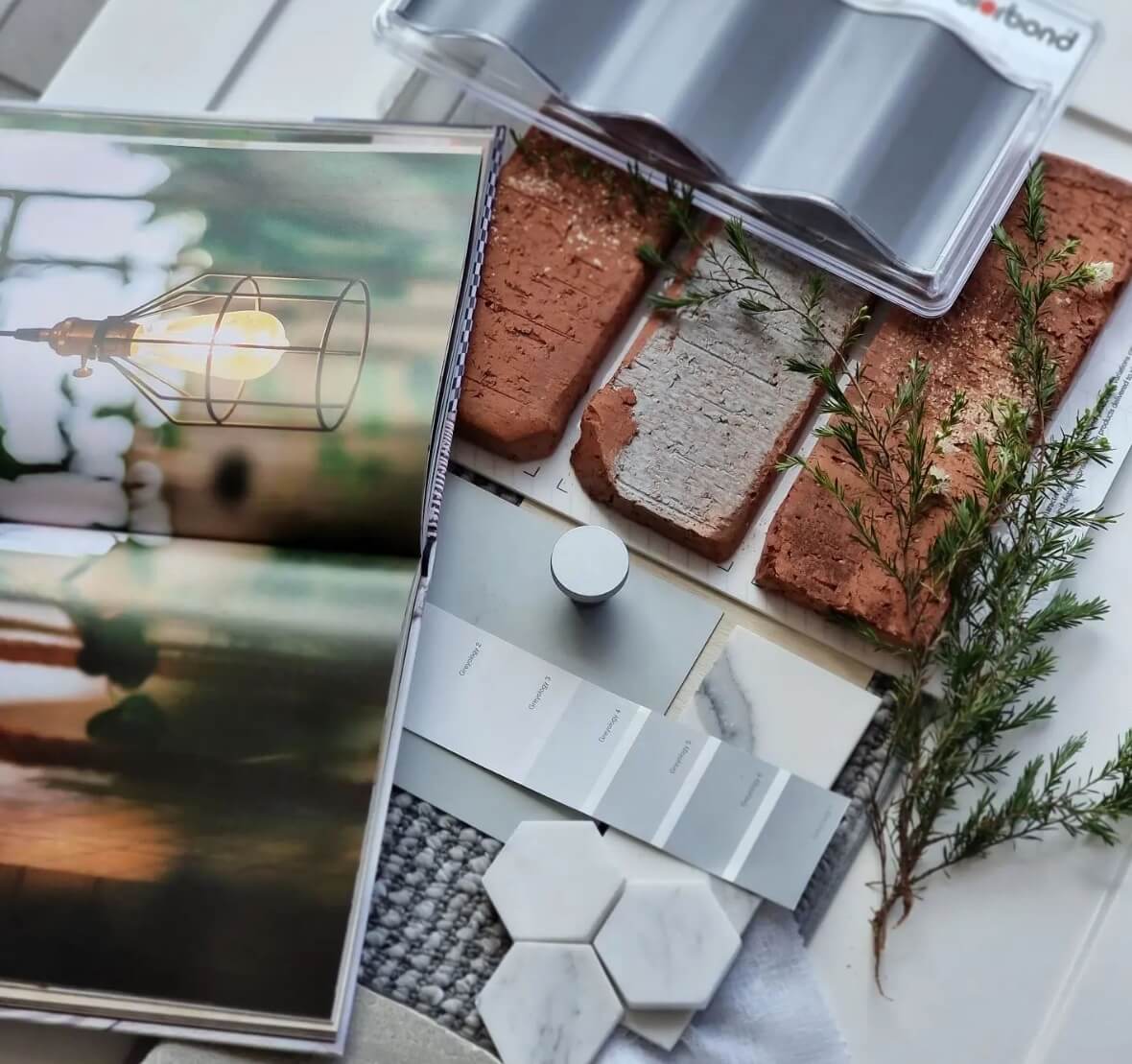
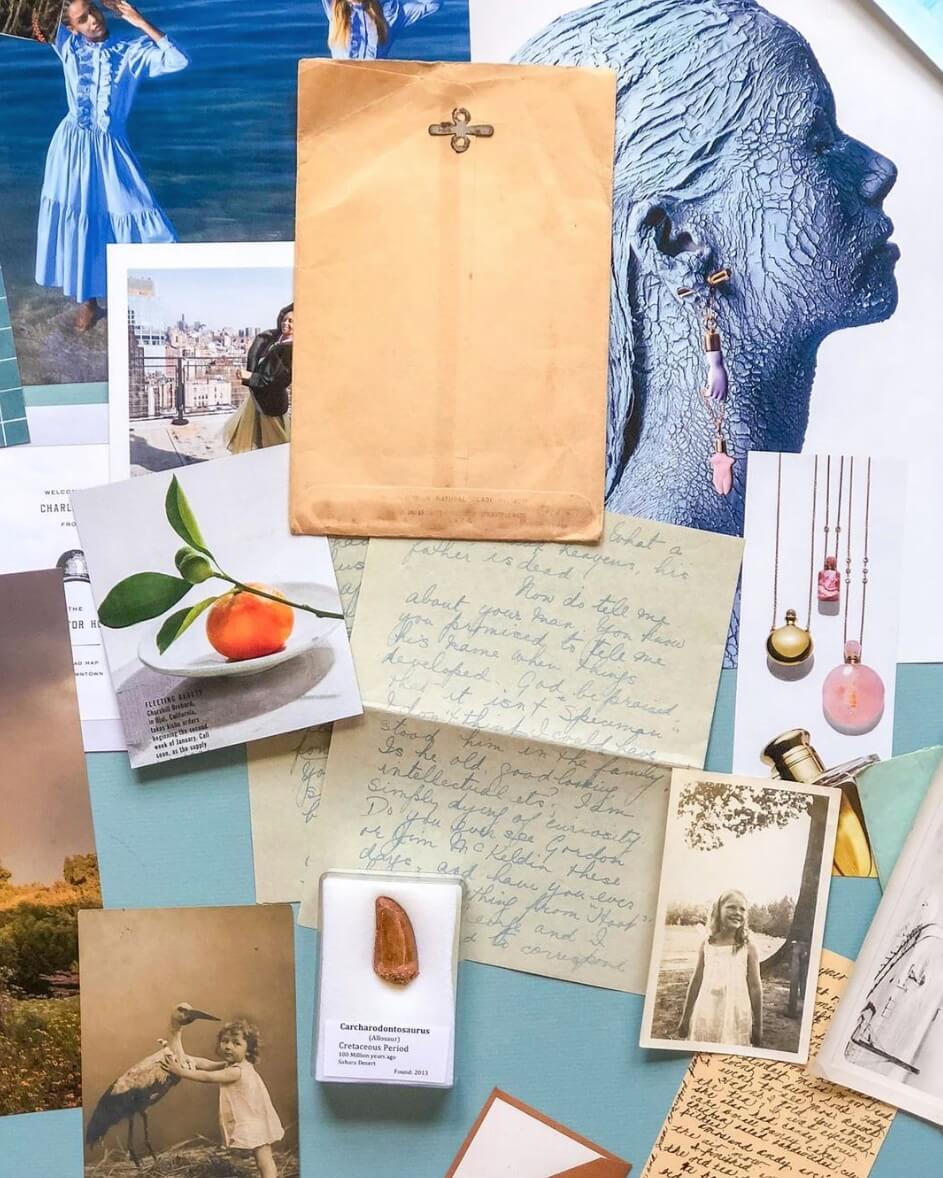
“It’s a process,” says Emily Fishman, the knitwear design manager at Everlane. She uses mood boards throughout the design process when creating new pieces.
“[Mood boards] can be malleable and kind of move with you as you continue on your creative journey,” she says, suggesting using them as a reminder of your initial inspiration. “I just can get so deep in my head that it’s nice to have that reminder of what was inspiring [me] to begin with.”
So, whether you’re working on a project at work or developing your own creative goals, here’s how you can make a mood board that will guide you along the way.
Find Your Inspiration
Mood boards start with inspiration. I pull creative inspiration from everywhere. Walking to my local library the other day, I impulsively snapped a photo of a street corner with a color-coordinating mural, bike, and store sign. Flipping through a magazine, I often take in the fonts, the images, the layouts, and anything else that intrigues me. Scrolling through Instagram, I generously hoard photos in my “saves” folder.
Fishman agrees, saying she’s always looking online, in the real world, and everywhere in between for things that inspire her. She recommends varying your sources (i.e., beyond Pinterest and Instagram) when looking.
“Go to books, go to old magazines, go to movies, take screenshots, people you see on the street… vary up where you’re getting your inspiration, so it doesn’t become just a derivative of everyone else’s,” she says.
Research
What do you need to include in your mood board? Are there any specifics that are required for the goal? If it’s for your own goal, is there something specific you’re trying to communicate? If it’s a project for a client, are there needs that must be met?
Tiffany Howell, principal designer and founder at Night Palm Interior Design Studio, tells the Design Time podcast that she likes to create playlists before making a mood board for her clients to get a sense of how they want to feel in a space.
“We kind of start with the metaphors and then we go to the literal stuff,” she says.
Put Your Mood Board Together
If you’re crafting the mood board physically, grab some paper or paperboard. If you’re creating one digitally, Canva or another digital collage platform is a great place to start. Gather your inspiration—photos, magazine clippings, fabric swatches, fonts, jewelry, flowers, or whatever else you found—and start putting it all on the board.
You get to decide how you want to physically structure the mood board. You may want to organize it as a collage, or you may prefer a more structured look. Let this step be a creative process in and of itself.
Display Your Mood Board
Once you have a mood board that captures your goal, keep it on hand. If it’s a physical board, put it somewhere you can easily reference it. If it’s digital, have the file open when you’re working, or consider setting it as your computer or tablet background. As Fishman said, you can go to it when you feel like you’ve lost your way or feel overwhelmed as you get to the harder parts of the project. It will help ground you and reset your focus on why you felt inspired in the first place.
Ultimately, your mood board should feel personal to your creative goals. Trust that you know what you are going for with it, stick to it but let it be flexible, and remember to enjoy the process.
Brianna Schubert is a writer and editor living in Milwaukee, Wisconsin. When she’s not writing about books, lifestyle, and culture, you can find her cooking up a new recipe, reading and recommending books, or finding hidden gems at vintage and thrift stores. Say hi on Instagram!
